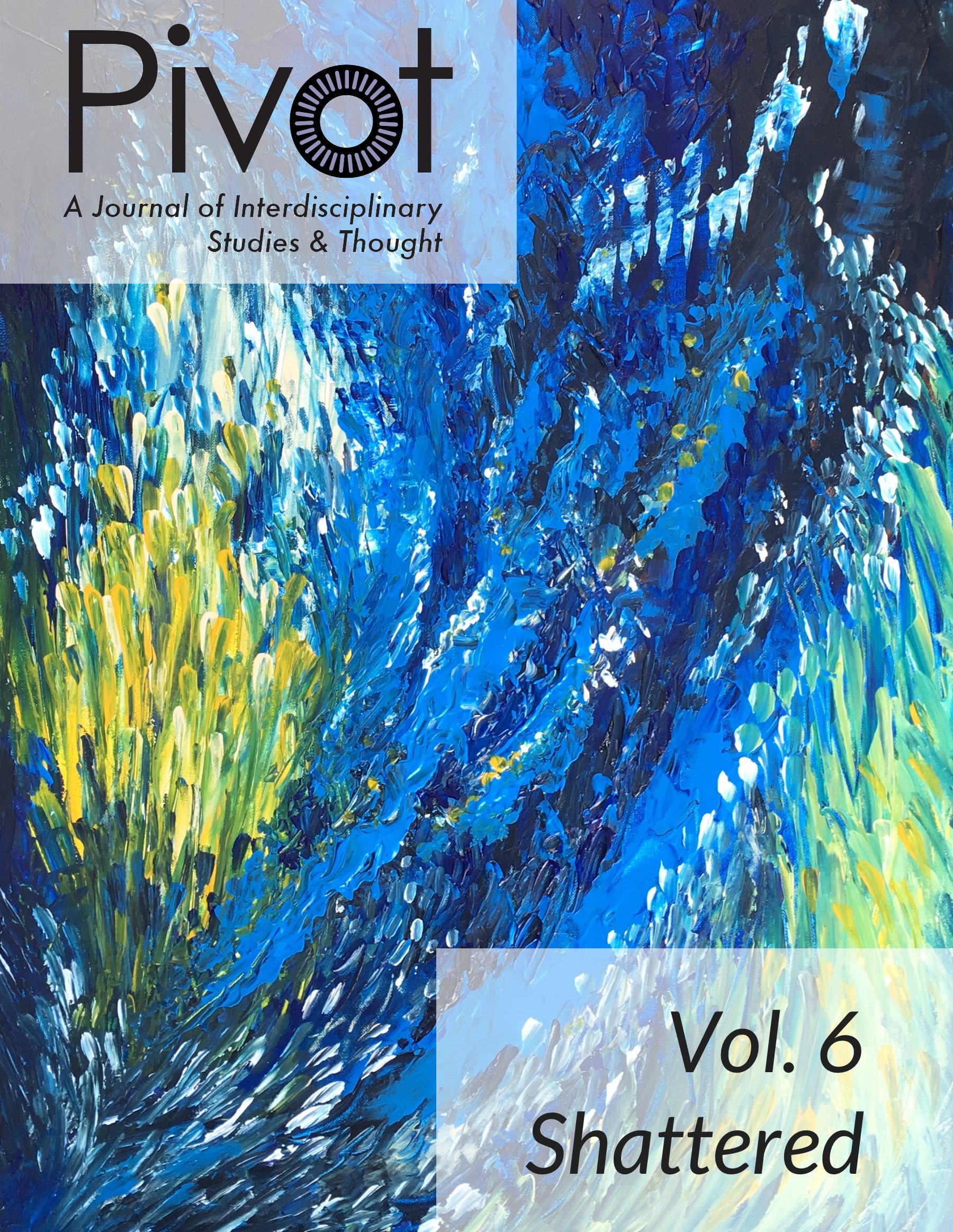Shattering Silence and Stereotypes: Rihanna's Lyrical Reaction to Spectacular Violence
DOI:
https://doi.org/10.25071/2369-7326.40279Abstract
In this article, I take up the charge of exploring how the celebrity status of Rihanna allowed audiences to see her humanity, even amidst the dehumanization of her through an objectification supported by media and society. In the wake of that 2009 incident, Rihanna was denied her privacy specific to these events, largely because of her celebrity status. In this way, her celebrity proved a double-edged sword, exposing her as a figure provoking the public’s attention and generating cognitive dissonance. This dissonance stemmed from the illusion that celebrities remain untouched by the harsh realities of everyday life, including intimate partner violence. That Rihanna became “every woman” even as she remained a superstar held in tension this reality. This tension speaks to the normalized violence that pervades this society. Ironically, it is this very celebrity status that helped to shatter the silence of violence.
References
Arriola, Kimberly R. Jacob, Christina P.C. Borba, and Winifred Wilkins Thompson. “The Health Status of Black Women: Breaking through the Glass Ceiling.” Black Women, Gender and Families, vol. 1, no. 2, 2007, pp. 1–23.
Bitette, Nicole. “Mel B Wants to Protect Kids from Publicized Domestic Abuse Case.” New York Daily News, 24 Aug. 2017, http://www.nydailynews.com/entertainment/gossip/mel-b-protect-kidspublicized-domestic-abuse-case-article-1.3440551.
Bogle, Donald. Toms, Coons, Mulattoes, Mammies, and Bucks: An Interpretive History of Blacks in American Films. 4th ed., Bloomsbury, 2001.
Collins, Patricia Hill. Black Sexual Politics: African Americans, Gender, and the New Racism. Routledge, 2005.
Curry, Tommy J. The Man-Not: Race, Class, Genre, and the Dilemmas of Black Manhood. Temple, 2017.
Davis, Angela. Women, Race, and Class. Vintage, 1981.
Foucault, Michel. Discipline and Punish: The Birth of the Prison. 1975. Translated by Alan Sheridan, Vintage, 2012.
Friedman, Jaclyn and Jessica Valenti (2008). Yes Means Yes!: Visions of Female Sexual Power and a World Without Rape. Berkeley, CA: Seal Press. Fu, Eddie. “Jay-Z Addresses Beyoncé’s Lemonade Accusations, Elevator Fight with Solange on 4:44.” Consequence of Sound, 30 June 2017, https://consequenceofsound.net/2017/06/jay-z-addresses-beyonceslemonade-accusations-elevator-fight-with-solange-on-444.
Gay, William C. “Supplanting Linguistic Violence.” Gender Violence: Interdisciplinary Perspectives, 2nd ed., edited by Laura L. O’Toole, Jessica R. Schiffman, and Margie L. Kiter Edwards, NYU P, 2007, pp. 435–42.
Holloway, Karla F.C. Private Bodies, Public Texts: Race, Gender, and a Cultural Bioethics. Duke UP, 2011. DOI: https://doi.org/10.1215/9780822393719
hooks, bell. Black Looks: Race and Representation. South End, 1992.
Hunter, Margaret L. Gender, Race, and the Politics of Skin Tone. Routledge, 2005.
Kaufmann, Michael. “The Construction of Masculinity and the Triad of Men’s Violence.” Beyond Patriarchy: Essays by Men on Pleasure, Power, and Change, edited by Michael Kaufmann, Oxford UP, pp. 1–29.
Lacey, Krim K., and Dawne M. Mouzon. “Severe Physical Intimate Partner Violence and the Mental and Physical Health of U.S. Caribbean Black Women.” Journal of Women’s Health, vol. 25, no. 9, 2016, pp. 920–29. DOI: https://doi.org/10.1089/jwh.2015.5293
Lacey, Krim K., Karen Powell Sears, Niki Matusko, and James S. Jackson. “Severe Physical Violence and Black Women’s Health and Well-Being.” American Journal of Public Health, vol. 105, no. 4, 2015, pp. 719–24. DOI: https://doi.org/10.2105/AJPH.2014.301886
The Latina Feminist Group. Telling to Live: Latina Feminist Testimonios. Duke UP, 2001.
Lorde, Audre. “The Transformation of Silence into Language and Action.” Sister Outsider: Essays and Speeches by Audre Lorde. 1984. Crossing, 2007, pp. 40–44.
Master, Samantha. “13th and the Invisibleness of Black Women.” The Root, 12 Oct. 2016, www.theroot.com/13th-and-the-invisibleness-of-black-women-1790857199.
Pierce-Baker, Charlotte. Surviving the Silence: Black Women’s Stories of Rape. Norton, 1998.
Rihanna. “S&M.” Loud, Def Jam, 2010.
Rihanna. “Work.” Anti, Roc Nation, 2016.
Rihanna and Calvin Harris. “We Found Love.” Talk That Talk, Def Jam, 2011.
Sontag, Susan. Regarding the Pain of Others. Picador, 2003. DOI: https://doi.org/10.3917/dio.201.0127
Sutton, Barbara. Bodies in Crisis: Culture, Violence, and Women’s Resistance in Neoliberal Argentina. Rutgers UP, 2010.


